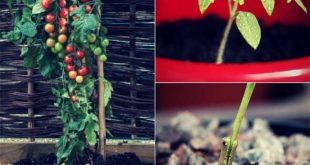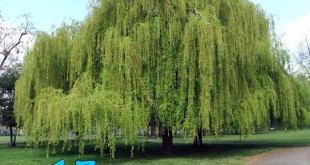Guide To Growing a Fall Vegetable Garden
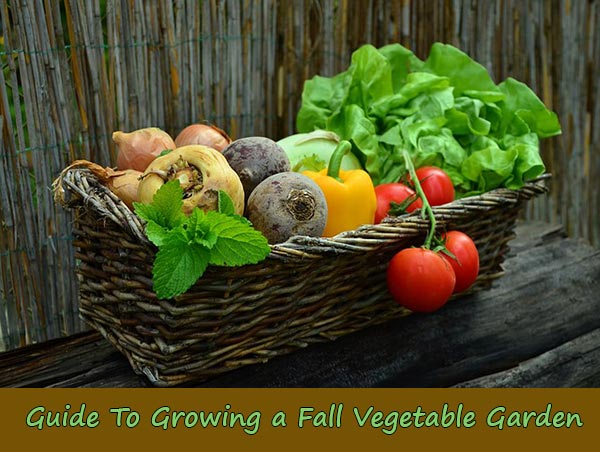
With summer winding down, many people think that the time to reap fresh vegetables from home gardens may be winding down along with it. Savvy gardeners know, however, that there is still time to sow and grow some of the tastiest vegetables you will have all year! In fact, investing a little extra time and energy now can guarantee that you will have fresh vegetables to harvest long after the first frost has terminated your tomatoes and blackened your beans.
In warmer climates, there is still time to grow the best broccoli, cauliflower, and cabbage of the season while in cooler climates, it is prime time to plant carrots, rutabagas, radishes, and many superb salad greens. Following is a quick guide to gardening through the end of summer and into the months of fall.
Proper Planning
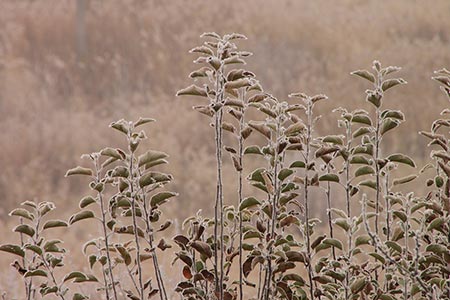
The key to a fantastic fall garden is getting the timing right, and planning the growth of your crops backwards from the time of your first expected frost. To do this you simply need to start with the average date of the first fall frost in your area, then look at the expected number of days to harvest the vegetables you wish to plant (generally available on seed packets). A good rule of thumb for fall vegetables is to add about two weeks to the given number as plants tend to grow a little more slowly in shorter fall days than those of spring and summer.
Get the Garden Ready
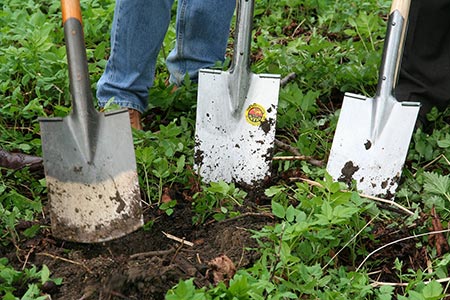
To make space for a fresh crop of fall plants, start by removing crops that are either past their prime or have succumbed to disease. Or, if there are crops that you have already been able to harvest fully, go ahead and take them out as well as any weeds that may compete with your new crops for resources like water and nutrients.
Working compost or other organic matter into the soil you will be planting in is also a good idea, as your early season efforts will likely have been mostly used up if you have fertilized and planted correctly.
Starting With Seeds

Most vegetables for your fall garden will need to come from seed, as most starter plants have long left local nurseries. If you’ve planned way ahead, you may have seedlings already established by indoor planting in mid to late summer, but if not, no need to fret. You will still have plenty of time to plant from seed with either leftovers from the spring or newly purchased seeds from the store. The nice thing about starting with new seeds this time of year is that you will likely be able to find a lot of seeds available at discounted prices from local garden centers at this point in the growing season. So not only will you still be able to harvest fresh vegetables, you could potentially do it for quite a bit cheaper than you would have been able to earlier in the year!
Starting with seed for fall plants is essentially the same as you would do in the spring. For best results, it’s recommended to use a high quality starter mix, and if recycling containers from the spring planting season, make sure the containers are thoroughly washed to avoid any diseases or foreign organisms that may be present.
If you live in an area where the weather is still rather hot, it may still be best at this point to start your seedlings indoors, as the residual heat of summer may make it difficult for them to establish themselves. If you start your seeds directly into the garden, the best method is to plant them a little deeper than you would typically do in the spring, as soil tends to be warmer and drier this time of year.

Tending Your Tender Seedlings
Planting toward the end of summer when the soil and air are still hot mean that you need to pay extra attention to watering your new plants. The general rule to keep everything well-watered is give plants about an inch of water a week, however, you will need to monitor soil conditions a little more carefully to maintain moisture.
Once seedlings and transplants are established in hot months, it is more beneficial to give them a deep watering at least once a week than it is to give them several lighter applications of water. This encourages better and deeper root growth which is particularly important if you are planting more root-based vegetables such as carrots and radishes.
At this point in the growing season you may also have to be extra mindful of pests and diseases that may already be present in your garden, so keep a close eye out for telltale holes or spots on plant foliage. To minimize any potential damage to your crops, deal with pesky pests and diseases ASAP.
Once the weather begins to cool, you will also need to pay a little more attention to the weather than you would in the spring growing season. To protect plants from frost, have an assortment of old sheets or blankets handy to protect plants from the first few nips of Jack Frost.
Quick Crops
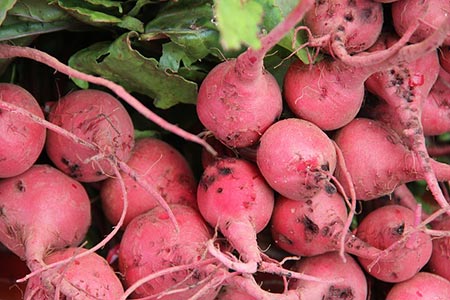
To maximize the effect of late-season gardening, the best way to guarantee positive results is to focus on crops that can go from seed to plate in 40 days or less. If sowing seeds in September, sprint-growth salad greens like arugula and spinach are no-brainers. Spicy mustard greens, turnips, and red radishes can also be ready to harvest in slightly more than a month.
If early frost and cold weather shortens your late growing season, feel free to harvest your cabbages and carrots a bit earlier than you normally would. While they may not have reached full maturity or size, they will still be very fresh and tasty when they hit the table. It’s also recommended to try a few vegetable plants that you may not normally plant, such as the Asian greens tatsoi and mizuna which can go from seed to salad in as little as three weeks under the right conditions.
Depending on the growing zone you live in, you can get away with planting certain types of vegetables as late as October or November, as they can be resistant to, and even sweetly enhanced by light frost once established. Examples of these are green onions, beets, Chinese cabbage, broccoli, and cauliflower.
With cool-hardy salad veggies like spinach and kale, you should stop picking once freezing weather arrives. In fact, a blanket of snow or a protective plastic tunnel covering these plants over the dead of winter can keep these plants alive but dormant over the wicked winter and provide a quick flush of sweet leaves in early spring.
Quick Crop Guide
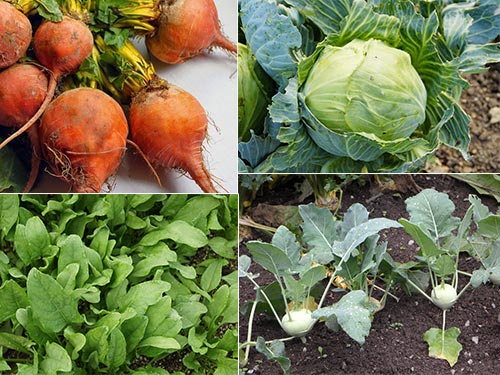
While any late-season growing in colder climates can be a hair hit-and-miss, the following vegetables are fairly safe bets for your fall garden, particularly if you select the quickest-growing varieties of each:
- Beets
- Broccoli
- Cabbage
- Carrots
- Cauliflower
- Kohlrabi
- Lettuce
- Radishes
- Spinach
what’s a clever DIYer with a green thumb to do when they’ve been blessed with a plentiful harvest? There’s no way your conscious could let these delicious and nutritious goodies go to waste. Luckily, when it comes to preserving our hard-fought harvest of fruits and vegetables, there are a lot of great (and simple) options. Check out my other article called Ways to Preserve Your Fruit and Vegetable Harvest to read more on what to do with your fall harvest
 Home and Gardening Ideas At home and Gardening ideas we believe inspiring readers about homesteading, self sufficiency
Home and Gardening Ideas At home and Gardening ideas we believe inspiring readers about homesteading, self sufficiency

